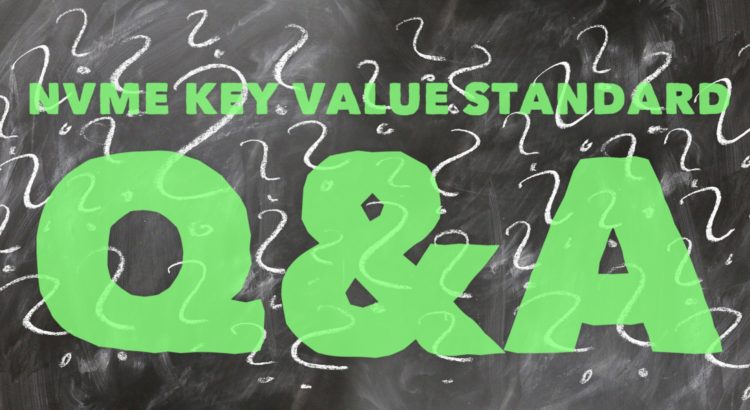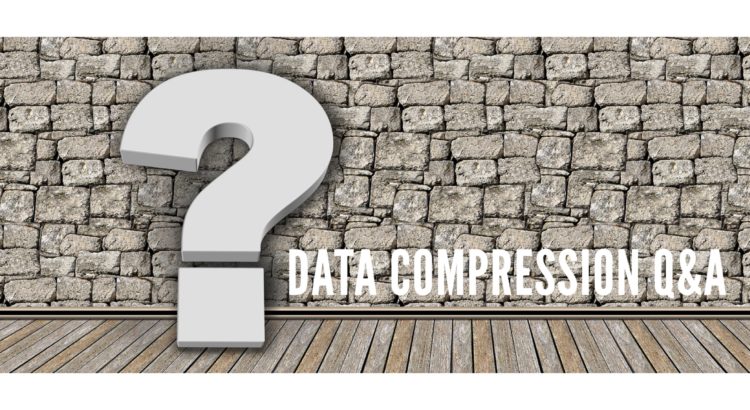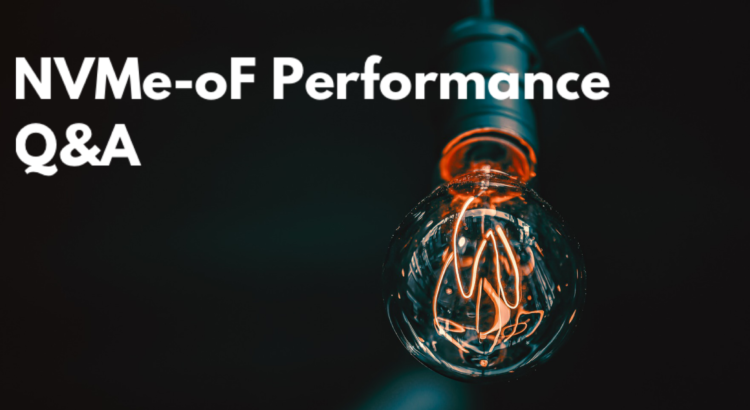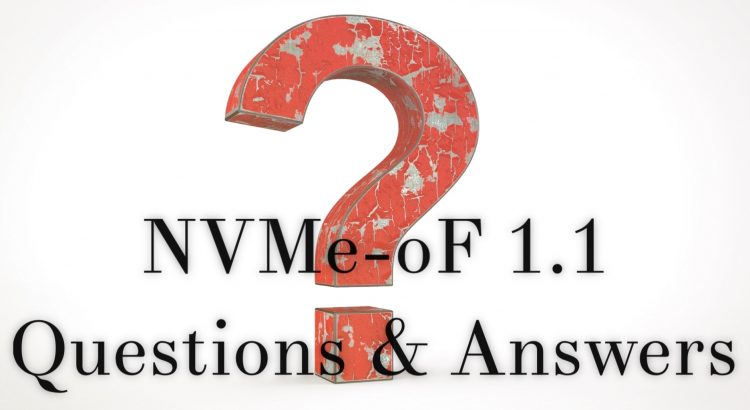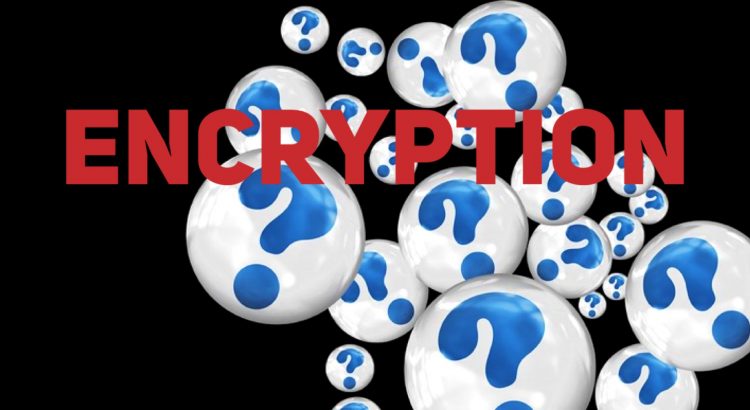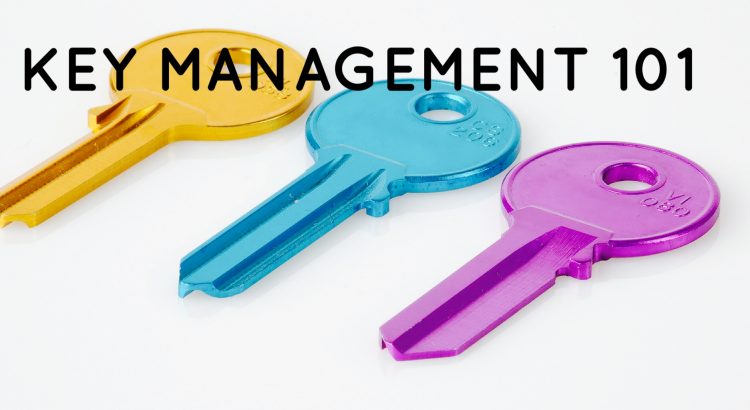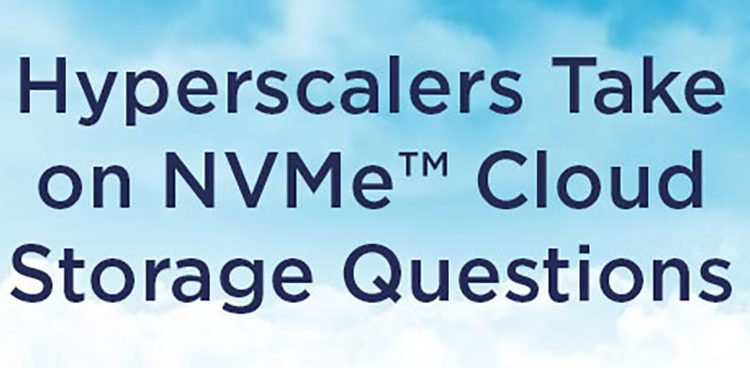Last month, Bill Martin, SNIA Technical Council Co-Chair, presented a detailed update on what’s happening in the development and deployment of the NVMe Key-Value standard. Bill explained where Key Value fits within an architecture, why it’s important, and the standards work that is being done between NVM Express and SNIA. The webcast was one of our highest rated. If you missed it, it’s available on-demand along with the webcast slides. Attendees at the live event had many great questions, which Bill Martin has answered here:
Q. Two of the most common KV storage mechanisms in use today are AWS S3 and RocksDB. How does NVMe KV standards align or differ from them? How difficult would it be to map between the APIs and semantics of those other technologies to NVMe KV devices?
Read More